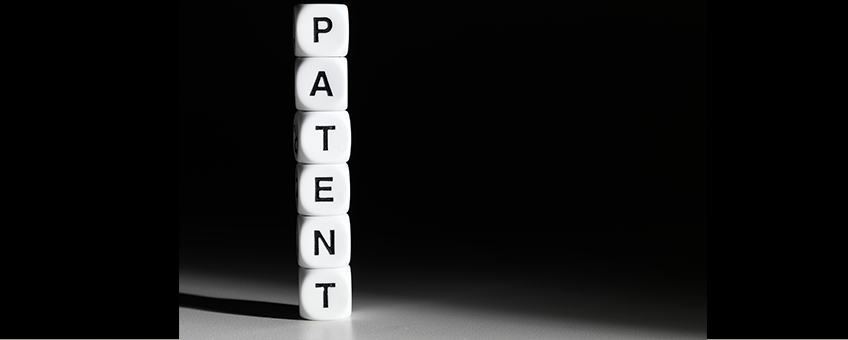Honeywell International Inc. v. Arkema Inc.
Nos. 2018-1151, 2018-1153 Fed. Cir. October 1, 2019 Before Circuit Judges Newman, Reyna, and Hughes.
During a post grant review proceeding, Honeywell sought authorization from the Board to file a motion for leave to petition the Patent and Trademark Office Director for a Certificate of Correction to correct a mistake in the chain of priority listed on the face of the patent. The Board rejected Honeywell’s request. The Court reversed, finding that the Board abused its discretion. The Court explained that a patent owner subject to a post-issuance review proceeding must follow three steps to file a petition for a Certificate of Correction:
- seek authorization from the Board to file a motion;
- if authorization is granted, file a motion with the Board, asking the Board to cede its exclusive jurisdiction so that the patentee can seek a Certificate of Correction from the Director; and
- if the motion is granted, petition the Director for a Certificate of Correction under 35 U.S.C. § 255.








